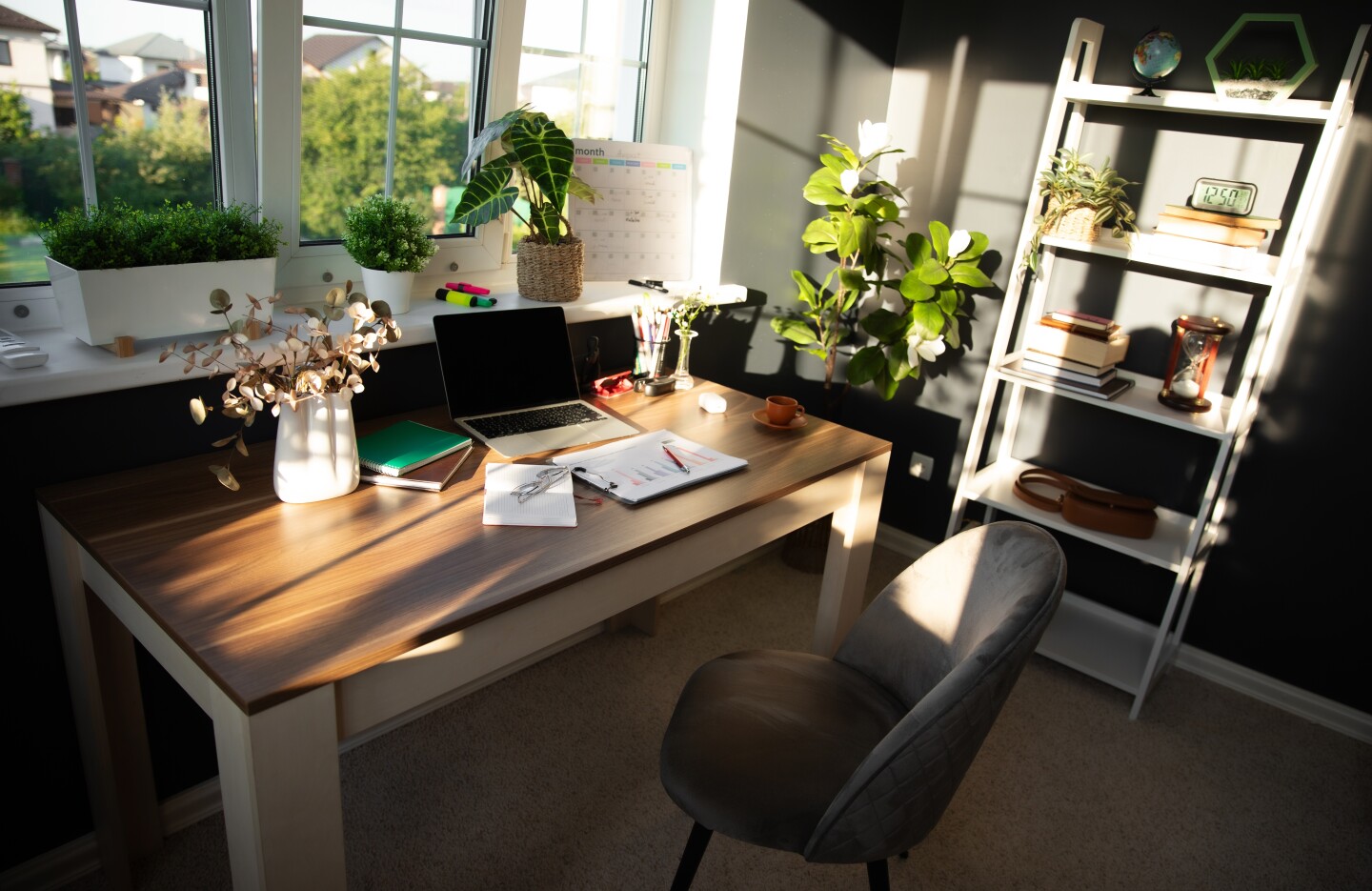In online learning, your environment matters. Having a dedicated, comfortable, and distraction-free study space can make a huge difference in how focused and productive you feel. It’s not about creating a Pinterest-perfect office—it’s about building a space that works for you. Whether you’re earning your degree from home, a shared space, or a small apartment, here’s how to create a study environment that sets you up for online learning success.
Step 1: Choose the Right Spot
Your study space doesn’t need to be large, but it should be consistent. Try to pick a place you can associate with learning—this trains your brain to shift into focus mode when you’re there.
What to look for:
- Good natural or task lighting
- A table or desk that’s not used for eating or lounging
- Minimal background noise and foot traffic
Avoid working from your bed or couch when possible—it can blur the line between rest and work, making it harder to concentrate.
Step 2: Make It Comfortable (But Not Too Comfortable)
You want your study space to be inviting, but not so cozy that you lose motivation. Think ergonomic over indulgent.
Essentials include:
- A supportive chair
- Adjustable screen height (to avoid neck strain)
- Soft lighting or a desk lamp
- A blanket or fan nearby to regulate temperature
Comfort matters, but avoid environments that might lead to napping or zoning out.
Step 3: Minimize Distractions
Your study space should be a “no distraction” zone. That means:
- Turning off nonessential notifications
- Keeping your phone out of reach (or in focus mode)
- Asking roommates or family members to respect your study time
- Using noise-canceling headphones or background music if helpful
You can also try apps like Forest, Freedom, or StayFocusd to help limit digital distractions.
Step 4: Keep It Organized
A tidy space = a tidy mind. Clutter can be surprisingly draining, especially when you’re trying to absorb new information.
Keep your essentials nearby:
- Laptop and charger
- Notebooks or folders
- Pens, highlighters, and sticky notes
- Water bottle and healthy snacks
Use a small drawer unit, shelf, or container to organize supplies and reduce mental clutter.
Step 5: Personalize It with Purpose
Make your space your own! Add a few touches that inspire you or make you feel calm:
- A motivational quote
- A favorite plant or candle
- A whiteboard or corkboard for reminders
- Your weekly goals or class schedule printed and posted
Just make sure your decor supports productivity, not distraction.
Step 6: Create a Backup Plan
Life happens. Whether your usual space is occupied or noisy, it’s smart to have a backup.
Your backup space might be:
- A local library
- A quiet coffee shop
- A tucked-away corner of another room
The goal is to maintain your study momentum—even if your environment changes temporarily.
Study Space, Study Mindset
Your study space is more than just a corner of the room—it’s a foundation for your mindset, motivation, and momentum. By setting up a space that supports focus and comfort, you’re giving yourself a better chance to stay engaged and succeed in your online program. At Kent State Online, we’re here to support every aspect of your learning experience—from the classroom to the study space.
Ready to make online learning work for you?
Explore Kent State’s 100% online programs designed for flexible, high-quality learning—on your terms.
Explore our online programs or contact a Kent State Online Admission Coordinator today!








